Home>Gardening & Outdoor>Landscaping Ideas>How To Seed Over Dead Grass
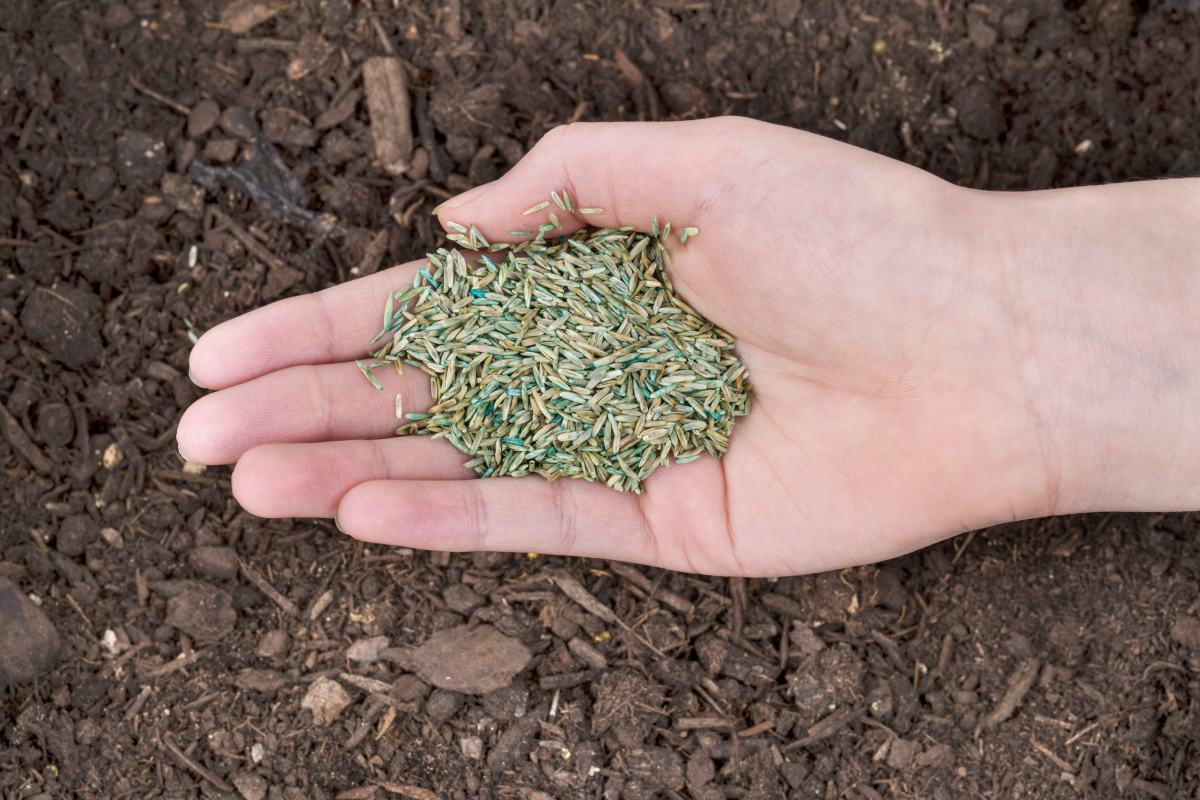

Landscaping Ideas
How To Seed Over Dead Grass
Modified: February 18, 2024
Learn effective landscaping ideas for seeding over dead grass and rejuvenating your lawn. Discover expert tips for successful lawn restoration.
(Many of the links in this article redirect to a specific reviewed product. Your purchase of these products through affiliate links helps to generate commission for Storables.com, at no extra cost. Learn more)
Introduction
Welcome to the world of landscaping, where the transformation of outdoor spaces into lush, inviting areas is an art form. One common challenge faced by many homeowners and garden enthusiasts is dealing with dead or patchy grass. While the sight of lifeless grass can be disheartening, the good news is that with the right approach, it can be revived to its former green glory.
In this comprehensive guide, we will explore the process of seeding over dead grass, providing you with the knowledge and techniques needed to breathe new life into your lawn. From assessing the condition of the dead grass to selecting the right type of grass seed and ensuring proper maintenance, we will cover every step of the journey towards a revitalized and vibrant lawn.
With a bit of patience, dedication, and the insights shared in this guide, you will soon be on your way to enjoying a lush and thriving lawn that enhances the beauty of your outdoor space. So, let’s roll up our sleeves and delve into the fascinating world of lawn rejuvenation!
Key Takeaways:
- Revive your lawn by assessing dead grass, preparing soil, selecting the right seed, and diligent watering. Enjoy a lush, vibrant outdoor space with patience and dedication.
- Transform your lawn by seeding over dead grass, nurturing new growth, and embracing ongoing maintenance. Celebrate the journey of revitalization and enjoy a resilient, thriving green sanctuary.
Read more: Why Is The Grass Over My Septic Tank Dead
Assessing the Condition of the Dead Grass
Before embarking on the journey of seeding over dead grass, it’s crucial to assess the condition of the lawn to determine the underlying causes of the grass’s demise. There are several factors to consider when evaluating the state of the lawn, and each plays a significant role in determining the most effective approach for revival.
First and foremost, examine the extent of the dead or patchy areas. Are there isolated patches of dead grass, or is the entire lawn affected? By identifying the scope of the issue, you can tailor your approach to suit the specific needs of the lawn.
Next, consider the underlying reasons for the grass’s deterioration. Common culprits include compacted soil, inadequate drainage, poor soil quality, or insufficient sunlight. Compacted soil can hinder the growth of new grass roots, while poor drainage can lead to waterlogged conditions that suffocate the grass. Similarly, soil lacking essential nutrients can impede the establishment of healthy grass, and inadequate sunlight can hinder photosynthesis, stunting the growth of new grass.
Furthermore, assess the presence of any underlying weeds or invasive plants. These can compete with new grass seedlings for resources, impeding their growth and development. Additionally, examine the overall health of the surrounding grass. If the existing grass is weak or diseased, it may struggle to coexist with new seedlings, necessitating a more comprehensive lawn rejuvenation approach.
By conducting a thorough assessment of the dead grass and its surrounding environment, you can gain valuable insights into the specific challenges that need to be addressed. This understanding will inform the subsequent steps in the process, ensuring that the rejuvenation efforts are targeted and effective.
Preparing the Soil for Seeding
Once the condition of the dead grass has been assessed, the next crucial step in the revitalization process is preparing the soil for seeding. This preparatory phase sets the stage for the successful germination and growth of new grass, laying the foundation for a healthy and vibrant lawn.
Begin by addressing any underlying issues that may have contributed to the demise of the previous grass. If the soil is compacted, aerating it can alleviate compaction and improve the circulation of air, water, and nutrients. Aeration involves perforating the soil with small holes to facilitate better root growth and enhance the overall health of the lawn.
Furthermore, if poor drainage was identified as a concern during the assessment phase, it is essential to improve the soil’s drainage capacity. This can be achieved by incorporating organic matter, such as compost, into the soil. Organic matter not only enhances soil structure but also aids in moisture retention and promotes a healthy microbial ecosystem, creating an optimal environment for new grass to thrive.
Testing the soil’s pH levels is another critical aspect of soil preparation. Most grass species prefer slightly acidic soil, so testing and, if necessary, adjusting the pH can significantly benefit the growth of new grass. Soil testing kits are readily available and provide valuable insights into the soil’s composition, enabling you to make informed decisions regarding soil amendments.
In addition to addressing soil compaction, drainage, and pH levels, it’s essential to clear the area of debris, weeds, and any remnants of the dead grass. This creates a clean canvas for the new grass seed to take root and minimizes competition for resources during the germination and establishment stages.
By meticulously preparing the soil, you are creating an optimal environment for the successful germination and growth of the new grass seed. This proactive approach sets the stage for a resilient and thriving lawn, ensuring that your efforts yield long-lasting results.
Selecting the Right Type of Grass Seed
Choosing the appropriate grass seed is a pivotal decision that significantly influences the success of your lawn revitalization project. The selection process involves considering various factors, including climate, soil type, sunlight exposure, and intended use of the lawn. By carefully evaluating these elements, you can identify the most suitable grass seed that aligns with the specific requirements of your lawn.
One of the primary considerations when selecting grass seed is the climate of your region. Different grass species thrive in specific climatic conditions, so it’s essential to choose a seed variety that is well-suited to the local climate. For instance, cool-season grasses, such as Kentucky bluegrass and fescue, flourish in regions with cold winters and moderate summers, while warm-season grasses, like Bermuda grass and zoysia, thrive in areas with hot summers and mild winters.
Soil type also plays a crucial role in determining the ideal grass seed for your lawn. Whether your soil is sandy, loamy, or clay-based, certain grass species are better adapted to thrive in specific soil conditions. Understanding your soil type enables you to select grass seed that will establish strong roots and flourish in the given soil environment.
Moreover, assess the sunlight exposure in your lawn area. Different grass species have varying sunlight requirements, with some thriving in full sun, while others are more shade-tolerant. By evaluating the sunlight patterns in your lawn, you can choose grass seed that aligns with the available light conditions, ensuring successful growth and lush coverage.
Consider the intended use of the lawn when selecting grass seed. If your lawn will experience heavy foot traffic from children and pets, opt for durable, wear-resistant grass varieties. Alternatively, if the lawn is primarily ornamental and will be admired for its aesthetic appeal, focus on selecting grass seed that yields a lush, visually appealing carpet of greenery.
By carefully considering climate, soil type, sunlight exposure, and usage requirements, you can make an informed decision when selecting the right type of grass seed. This thoughtful approach ensures that the chosen grass seed is well-suited to the unique characteristics of your lawn, setting the stage for a thriving and resilient green space.
Before seeding over dead grass, make sure to remove any debris and loosen the soil. Then, spread a layer of topsoil and apply the grass seed. Water regularly to help the new grass grow.
Seeding the Area
As you embark on the exciting phase of seeding over the dead grass, meticulous attention to the seeding process is crucial to ensure the successful establishment of new grass and the rejuvenation of your lawn. This phase involves precise techniques to distribute the grass seed evenly, optimize seed-to-soil contact, and create favorable conditions for germination and growth.
Begin by selecting a high-quality grass seed that aligns with the specific needs of your lawn, considering factors such as climate, soil type, sunlight exposure, and intended use. Opting for premium grass seed varieties ensures a higher likelihood of successful germination and robust growth, setting the stage for a lush and resilient lawn.
Prior to seeding, it’s essential to prepare the soil thoroughly. Clear the area of debris, remnants of dead grass, and weeds to create a clean and receptive canvas for the new grass seed. Raking the soil lightly can help create a fine, level surface, facilitating optimal seed-to-soil contact and enhancing the germination process.
When distributing the grass seed, aim for even coverage to ensure uniform growth and a cohesive, lush lawn. Using a broadcast spreader or a handheld seeder can aid in achieving consistent seed distribution, minimizing the risk of over-seeding or creating patchy areas. Be mindful of the recommended seeding rates for the specific grass seed variety you have chosen, as excessive seeding can lead to competition among seedlings and hinder their growth.
After evenly distributing the grass seed, gently rake the soil to cover the seeds with a thin layer of soil. This helps protect the seeds, promotes seed-to-soil contact, and provides an optimal environment for germination. Additionally, lightly rolling the seeded area can further enhance seed-to-soil contact, ensuring that the seeds remain in close proximity to the soil for successful germination.
Once the seeding process is complete, water the area thoroughly but gently. Maintaining consistent moisture is critical for seed germination, so be attentive to the watering needs of the newly seeded area. Avoid overwatering, as excessive moisture can lead to seed rot, while insufficient moisture can impede germination and seedling growth.
By meticulously following these steps and paying close attention to the seeding process, you are laying the groundwork for the successful establishment of new grass and the transformation of your lawn into a vibrant and thriving outdoor space.
Read more: How To Help Dead Grass
Watering and Maintenance
Following the seeding of the area, diligent and attentive watering, coupled with ongoing maintenance, is essential to foster the healthy growth and establishment of the new grass. Proper watering practices, coupled with timely maintenance, play a pivotal role in nurturing the newly seeded area and ensuring the long-term success of your lawn revitalization efforts.
After seeding, it’s crucial to maintain consistent moisture in the seeded area to support the germination and early growth of the new grass. Depending on the climate and soil conditions, lightly watering the area once or twice daily, or as needed to keep the soil consistently moist, is recommended. Be mindful of the moisture levels, ensuring that the soil does not dry out or become waterlogged, both of which can hinder the germination and growth of the grass seedlings.
As the new grass begins to germinate and establish, gradually transition to a deeper, less frequent watering schedule. This encourages the development of deep, robust roots and promotes the overall resilience of the grass. Observing the moisture needs of the newly seeded area and adjusting the watering regimen accordingly is key to nurturing healthy and vigorous grass growth.
Furthermore, ongoing maintenance practices, such as mowing, fertilization, and weed control, are vital for the sustained health and beauty of the rejuvenated lawn. Once the new grass reaches a height of approximately 3 to 4 inches, it can be mowed for the first time, ensuring that only the top third of the grass blades is removed to avoid stressing the young seedlings.
Fertilization, tailored to the specific needs of the grass species and guided by soil testing results, can provide essential nutrients that support the long-term health and vibrancy of the lawn. Selecting a high-quality, balanced fertilizer and applying it at the appropriate times fosters robust growth and enhances the overall resilience of the grass.
Additionally, diligent weed control is essential to prevent invasive plants from competing with the new grass for resources. Regularly inspect the lawn for any signs of weeds and address them promptly to maintain a healthy and uniform lawn surface.
By adhering to diligent watering practices and implementing a comprehensive maintenance regimen, you are nurturing the newly seeded area and supporting the ongoing growth and vitality of the grass. These essential steps play a pivotal role in ensuring the long-term success of your lawn revitalization efforts, culminating in a lush and resilient outdoor space that enhances the beauty of your property.
Conclusion
Congratulations on embarking on the journey of breathing new life into your lawn through the revitalization of dead grass. The process of seeding over dead grass is a transformative endeavor that yields a lush and vibrant lawn, enhancing the beauty of your outdoor space and creating a welcoming environment for relaxation and recreation.
Throughout this comprehensive guide, we have delved into the intricacies of assessing the condition of the dead grass, preparing the soil for seeding, selecting the right type of grass seed, executing the seeding process, and embracing diligent watering and maintenance practices. Each step is a vital piece of the puzzle, contributing to the successful rejuvenation of your lawn and the creation of a resilient and thriving green space.
By meticulously evaluating the condition of the dead grass and addressing underlying soil and environmental factors, you have set the stage for the successful establishment of new grass. The careful selection of the right type of grass seed tailored to your lawn’s unique characteristics ensures that the new grass is well-suited to thrive in its environment.
As you diligently execute the seeding process and embrace attentive watering and ongoing maintenance, you are nurturing the growth and vitality of the new grass, fostering its resilience and long-term health. Through these efforts, you are not only revitalizing your lawn but also creating a sustainable and visually captivating outdoor haven.
Remember, the journey of lawn revitalization is a testament to your dedication to creating a harmonious and inviting outdoor space. Embrace the process with patience and enthusiasm, and celebrate each milestone as your lawn undergoes a remarkable transformation.
As the newly seeded grass flourishes and matures, it will reward you with a carpet of lush greenery, a testament to the success of your revitalization endeavors. So, revel in the beauty of your revitalized lawn, and take pride in the nurturing care you have invested in creating a vibrant and thriving outdoor sanctuary.
May your revitalized lawn bring joy and tranquility, serving as a testament to the transformative power of dedicated care and attention. Here’s to the lush, vibrant, and resilient lawn that awaits you, a testament to the beauty of nature and the artistry of landscaping!
Frequently Asked Questions about How To Seed Over Dead Grass
Was this page helpful?
At Storables.com, we guarantee accurate and reliable information. Our content, validated by Expert Board Contributors, is crafted following stringent Editorial Policies. We're committed to providing you with well-researched, expert-backed insights for all your informational needs.
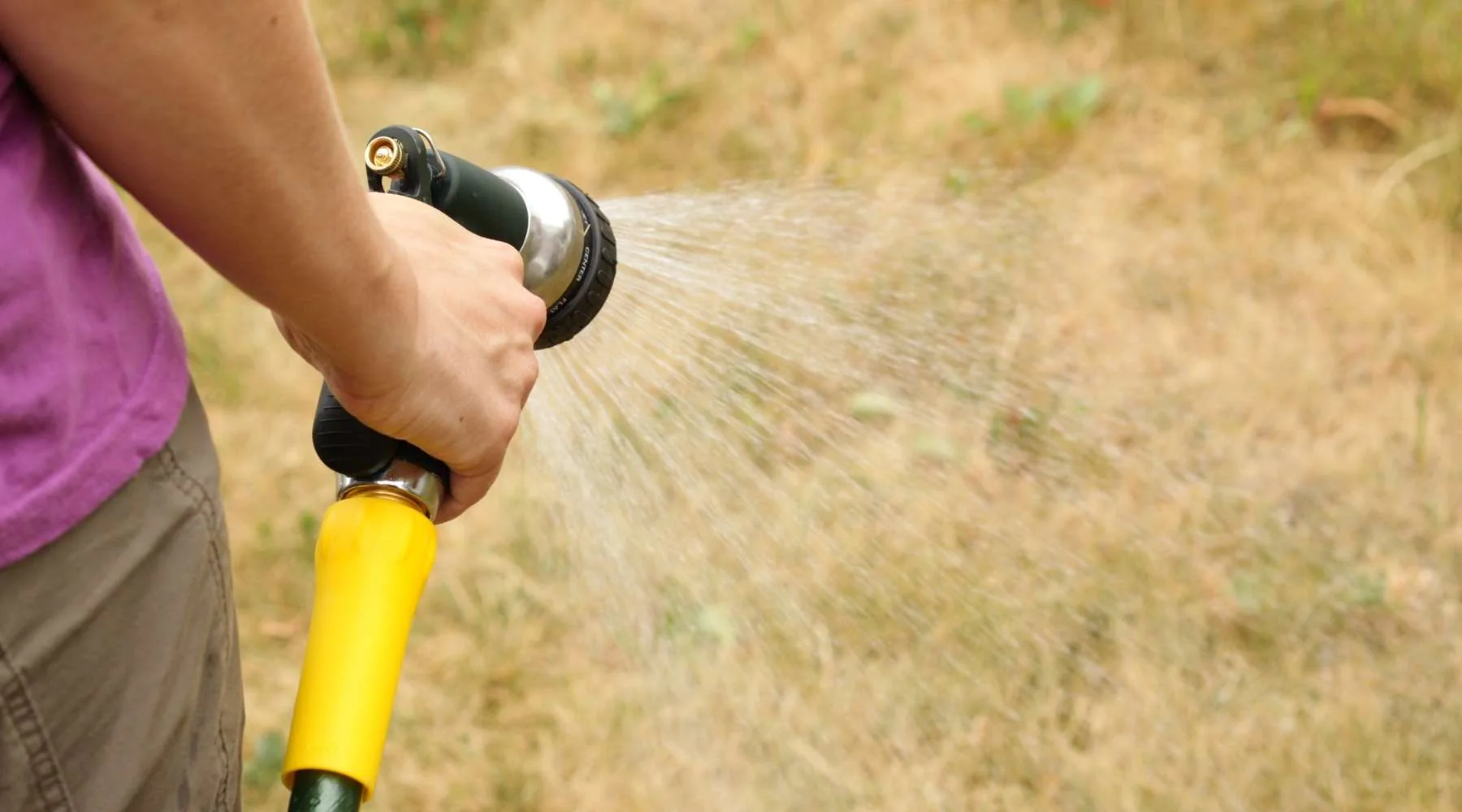
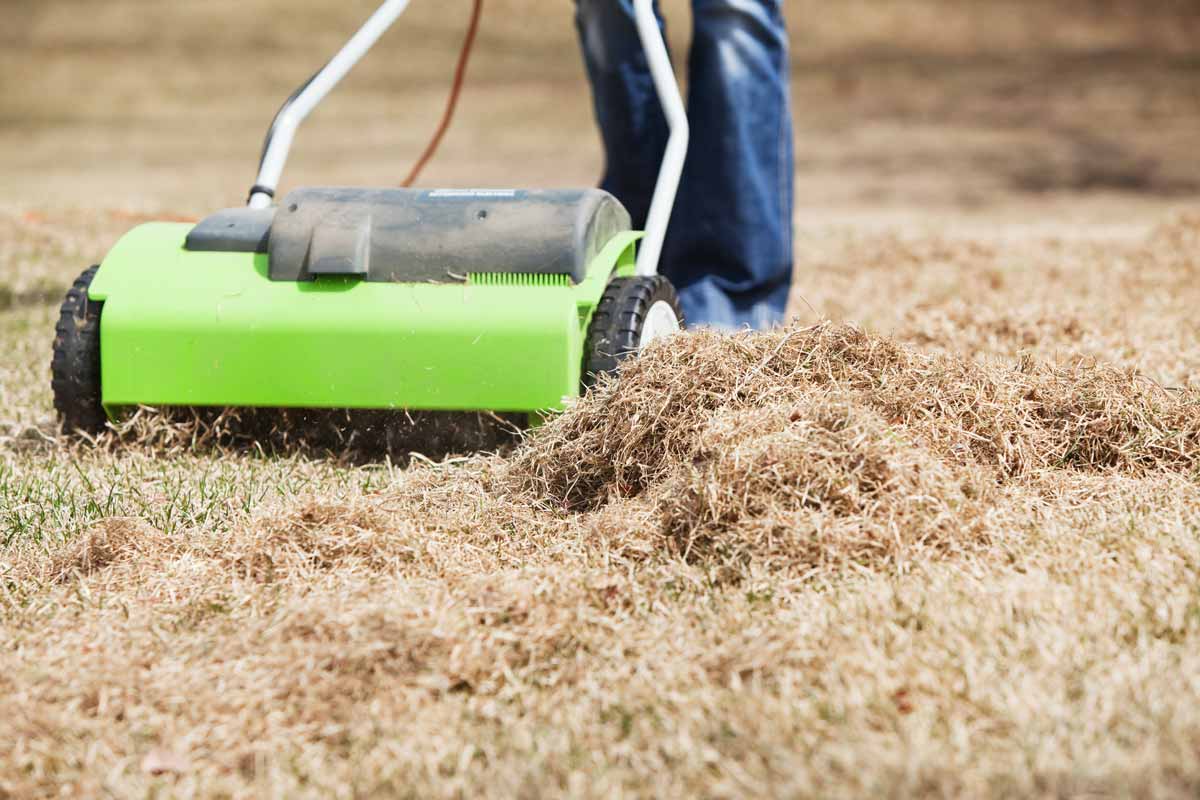
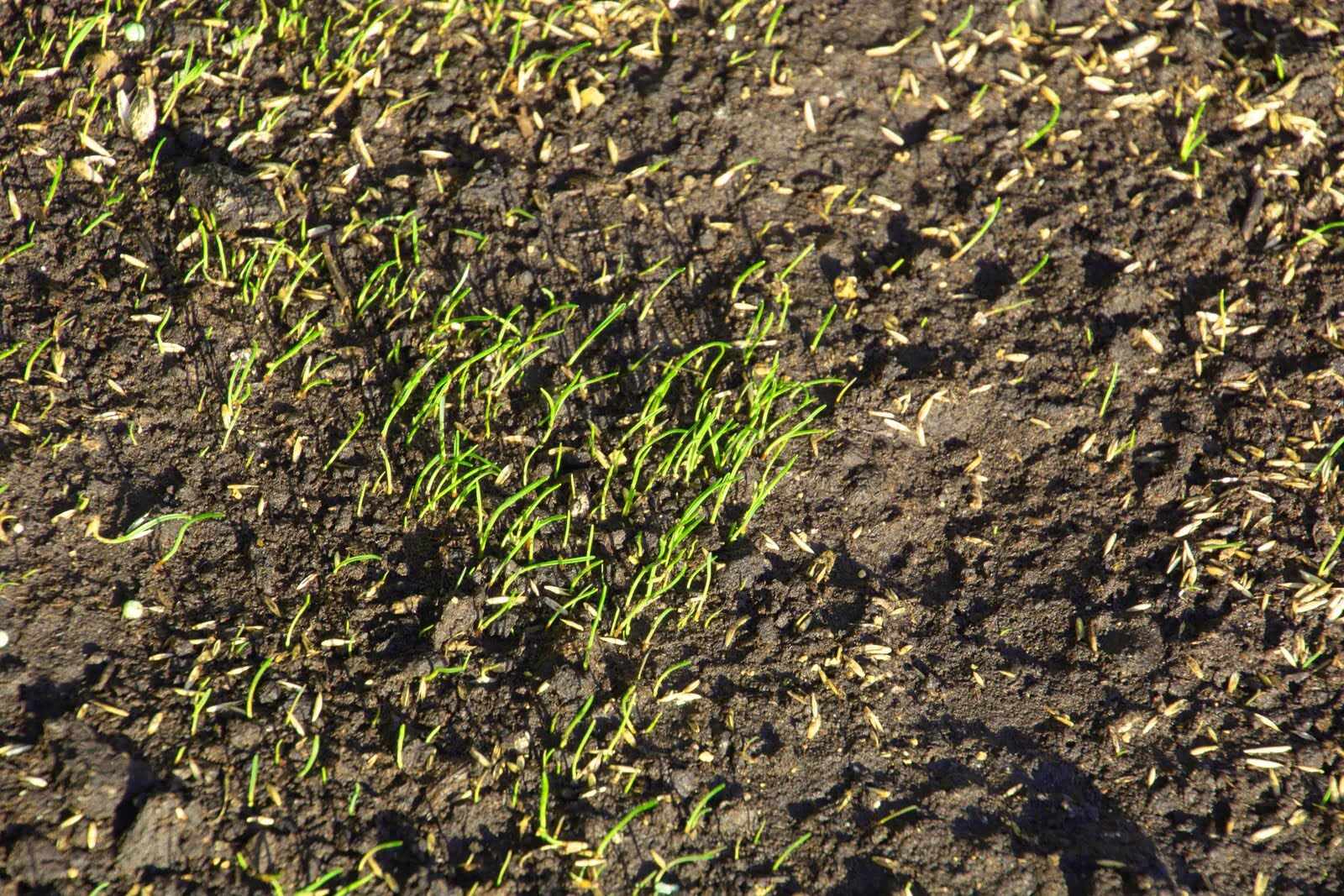
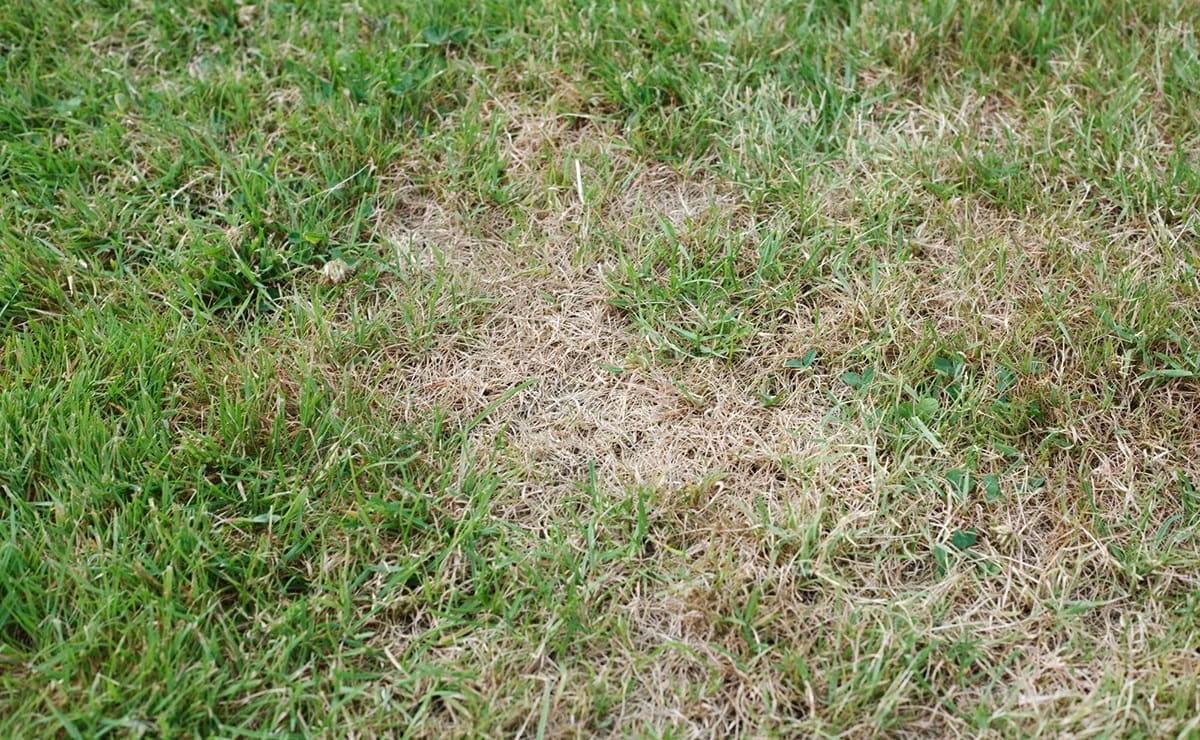
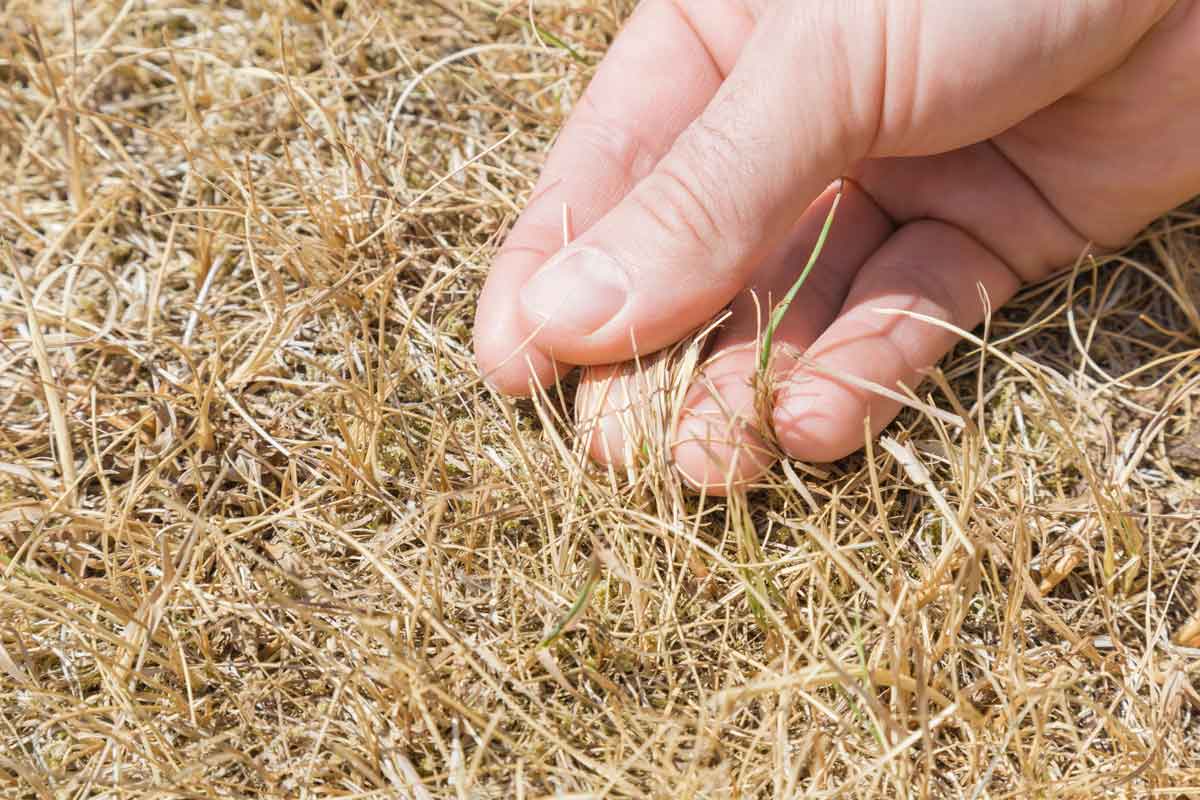
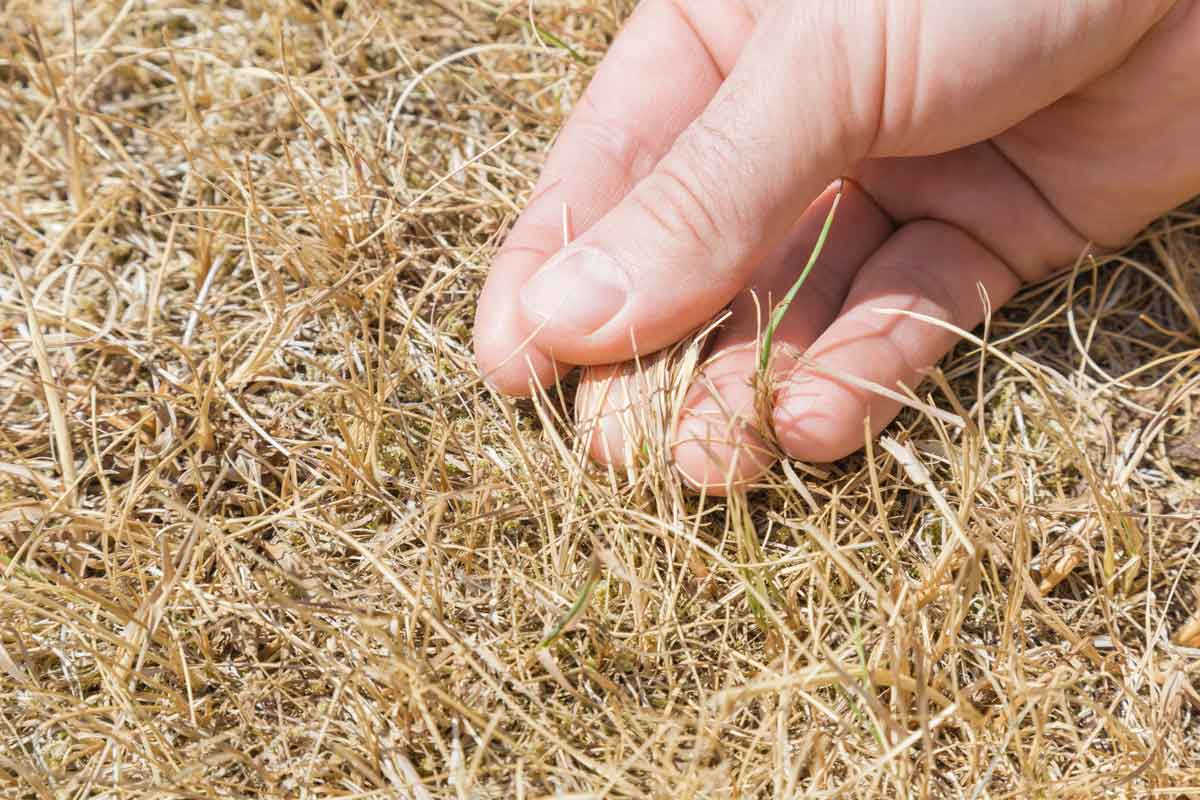
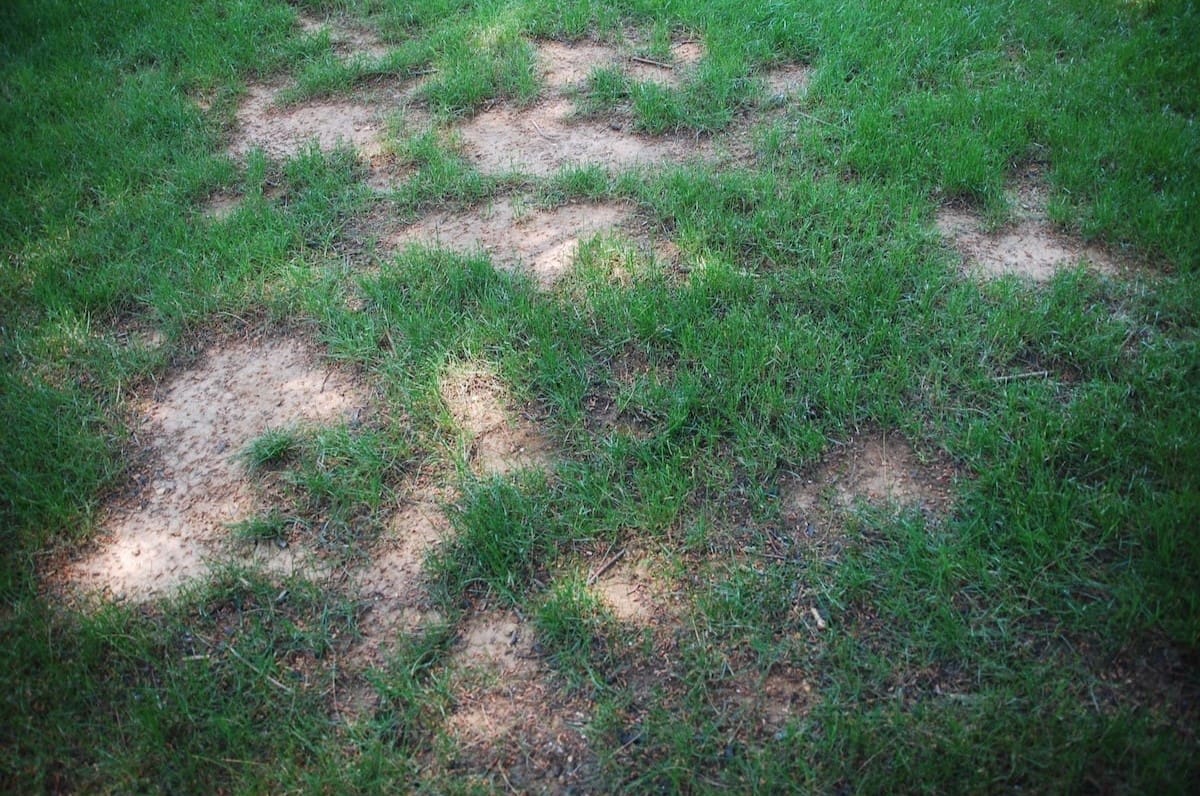
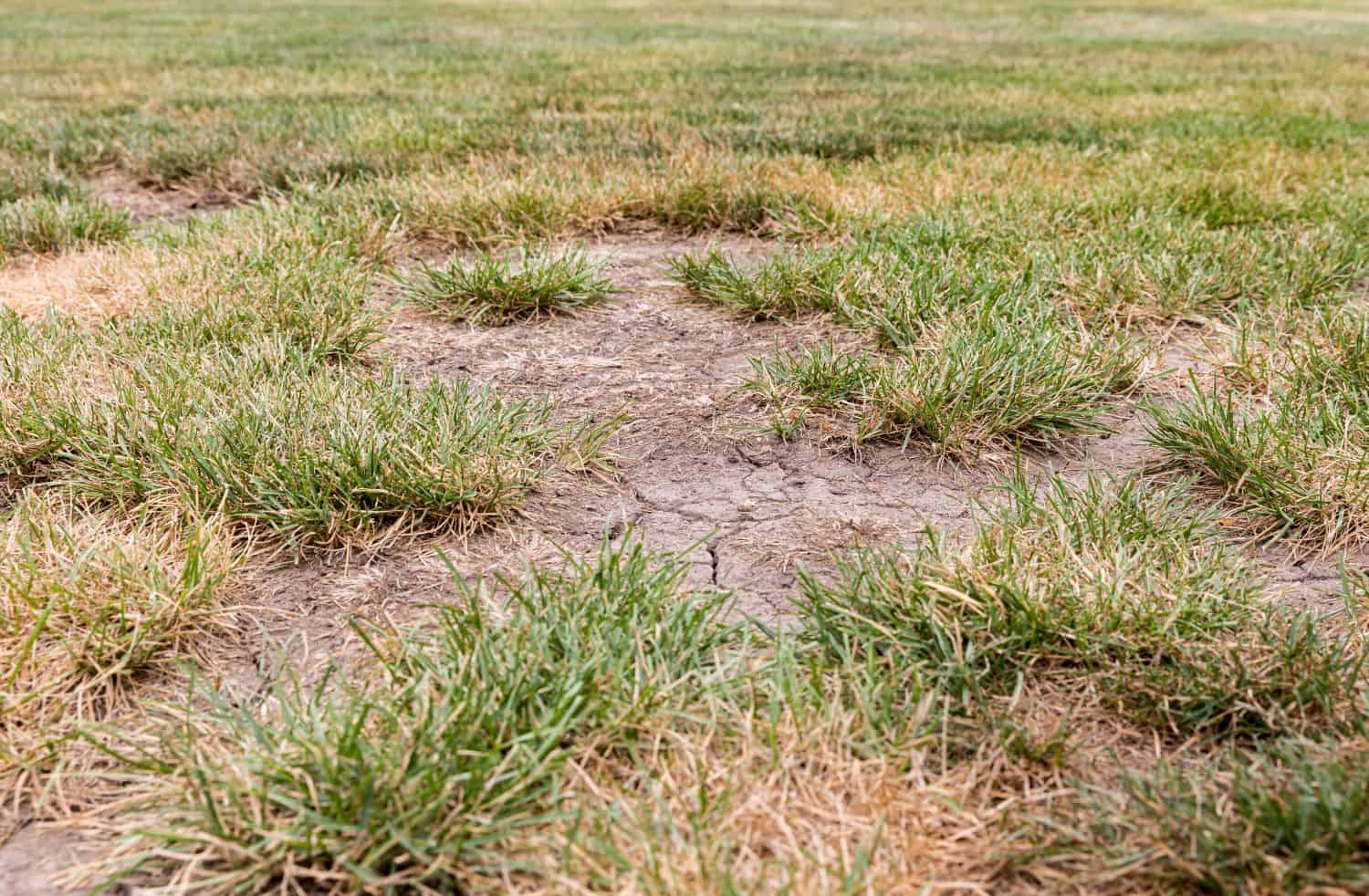
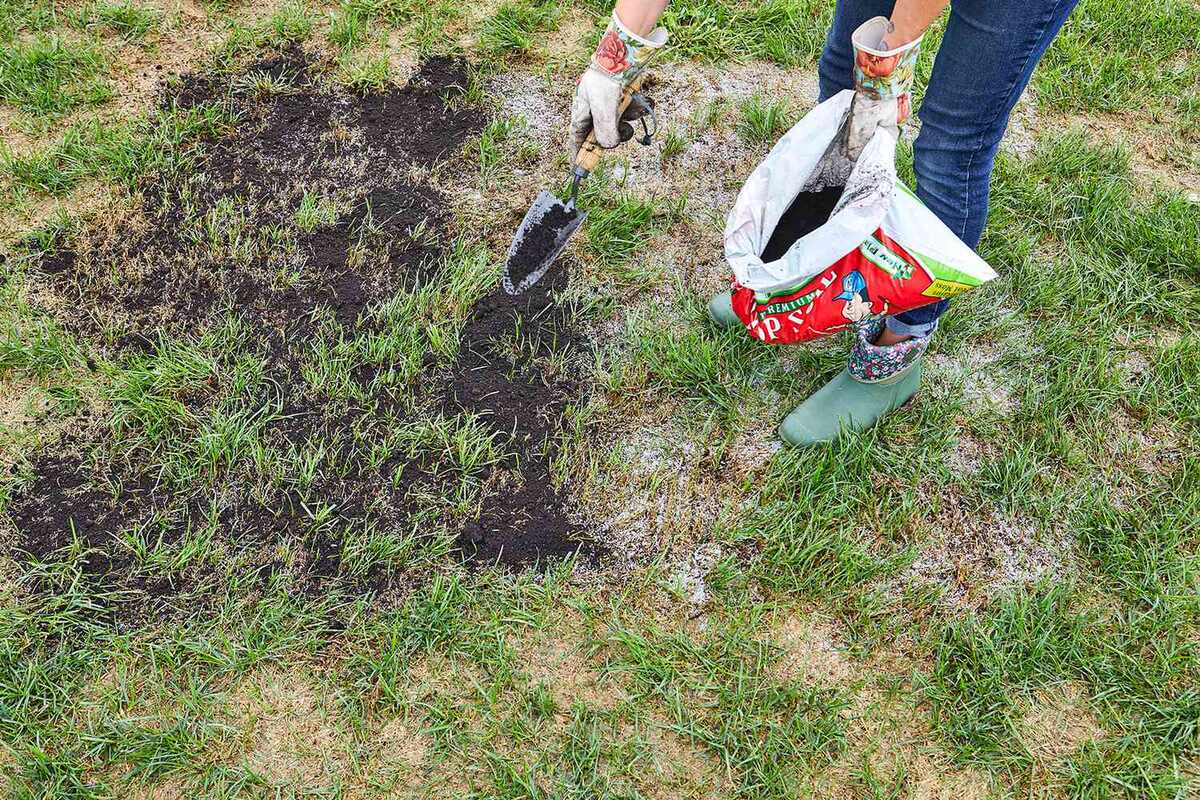
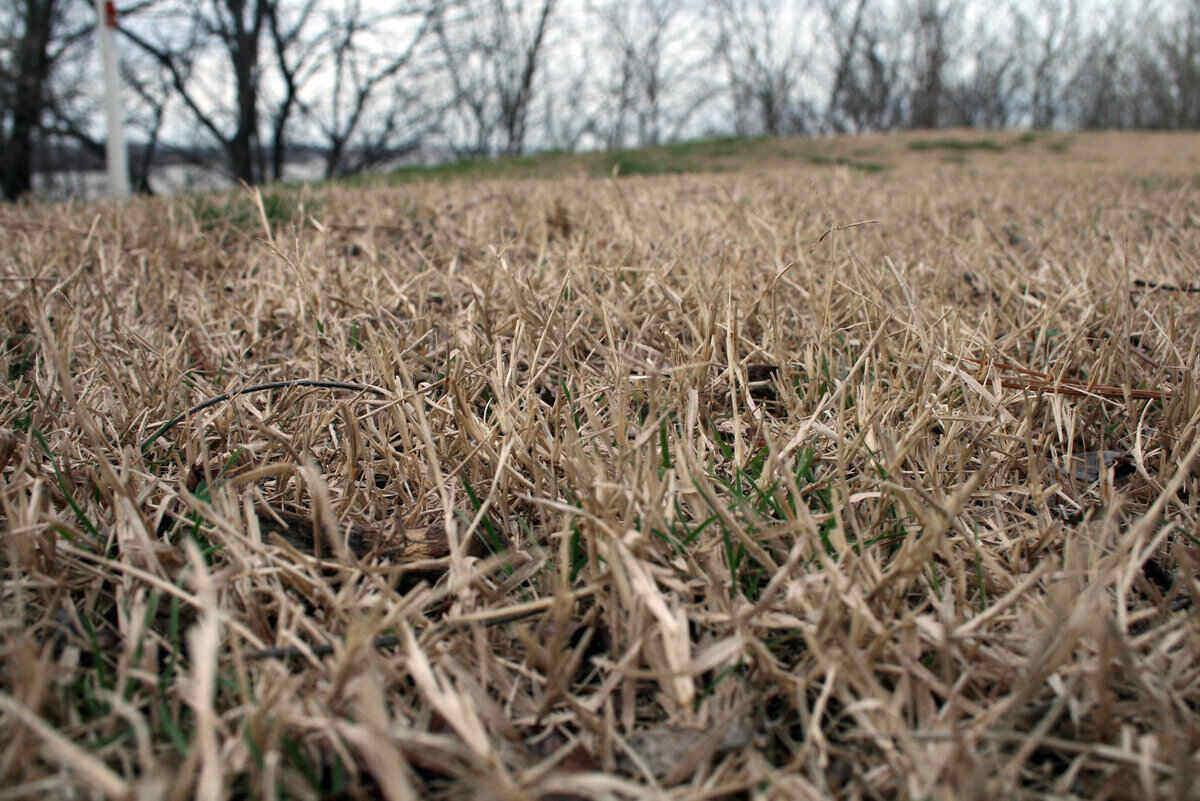
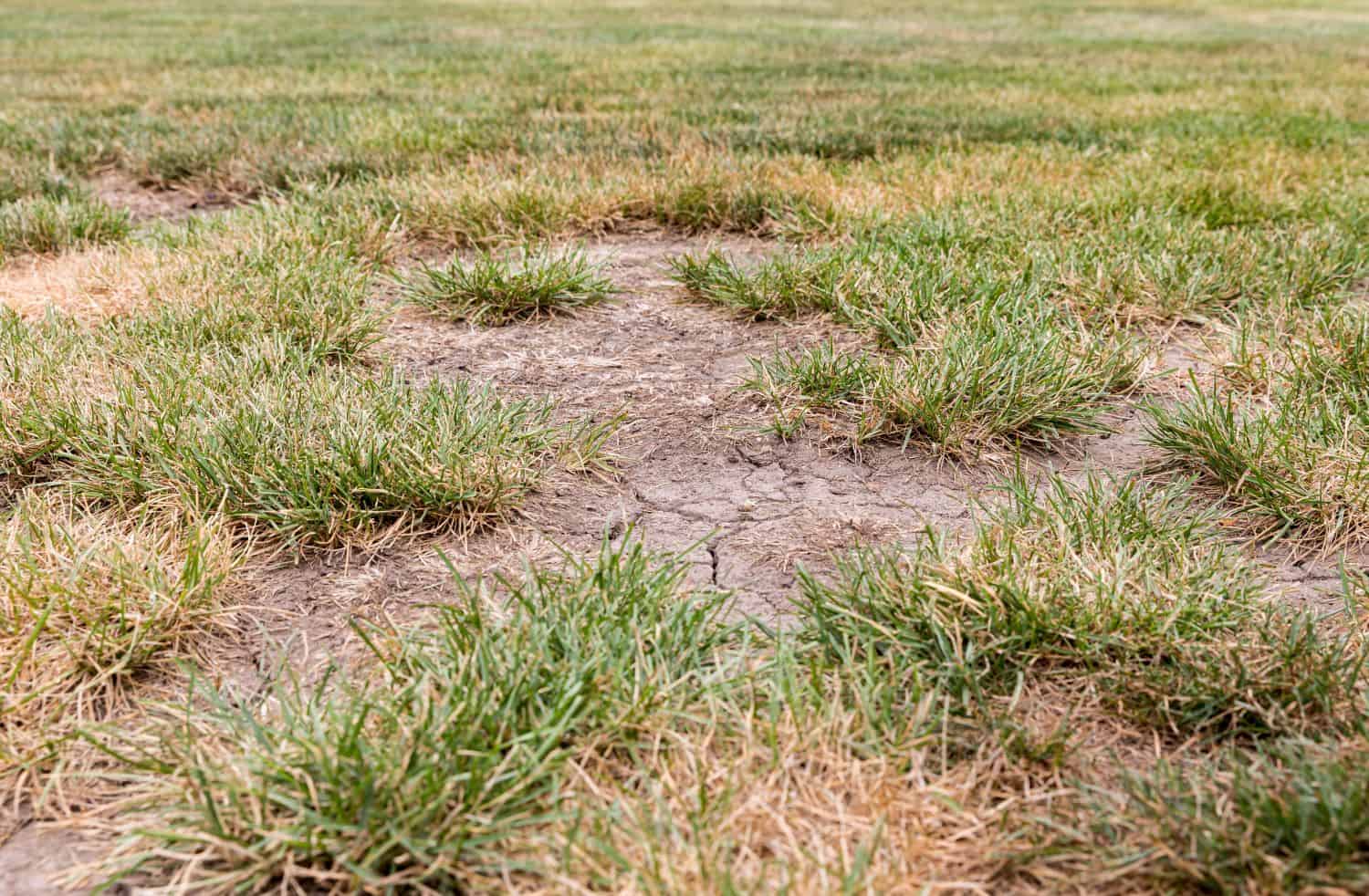
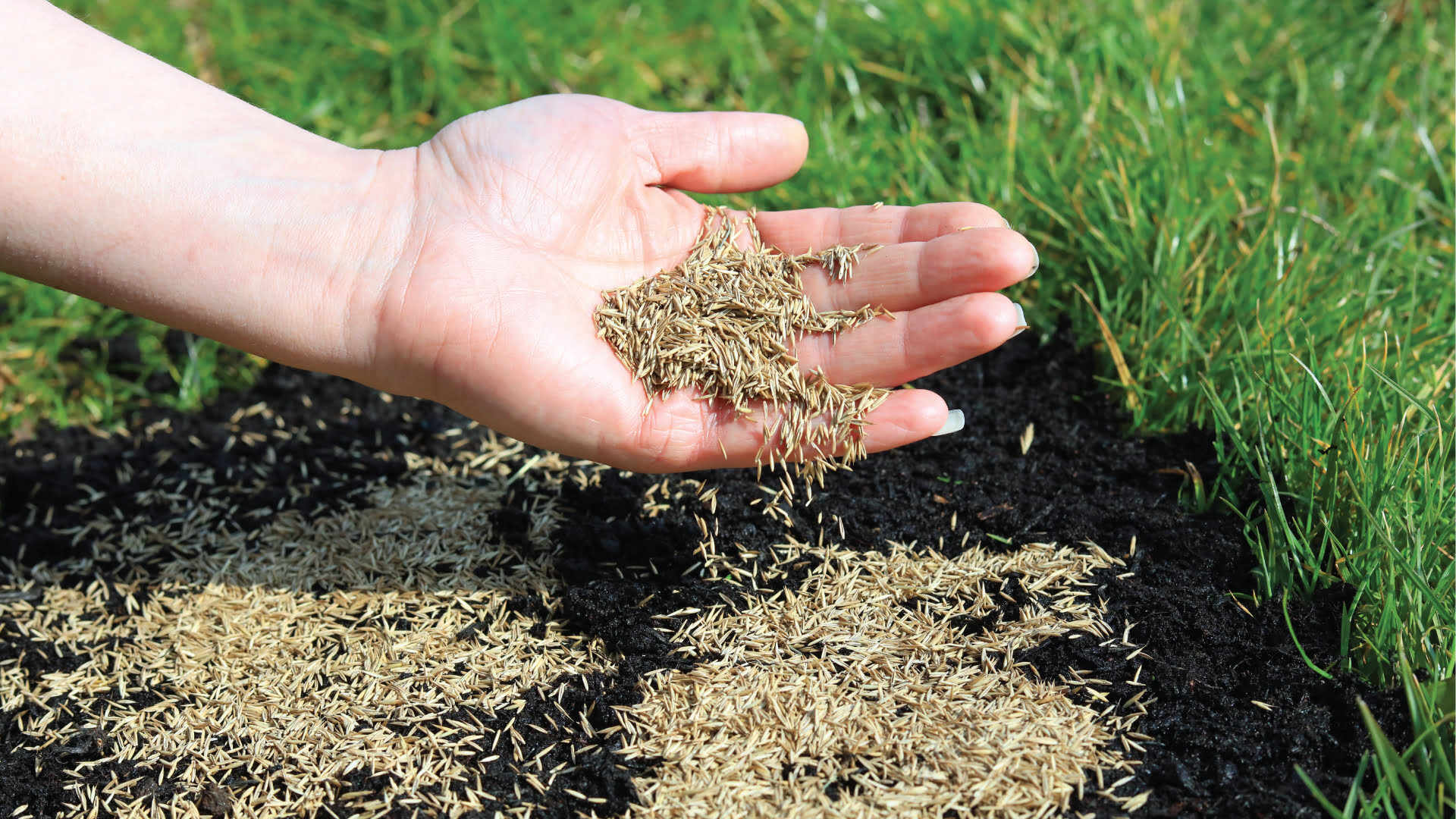
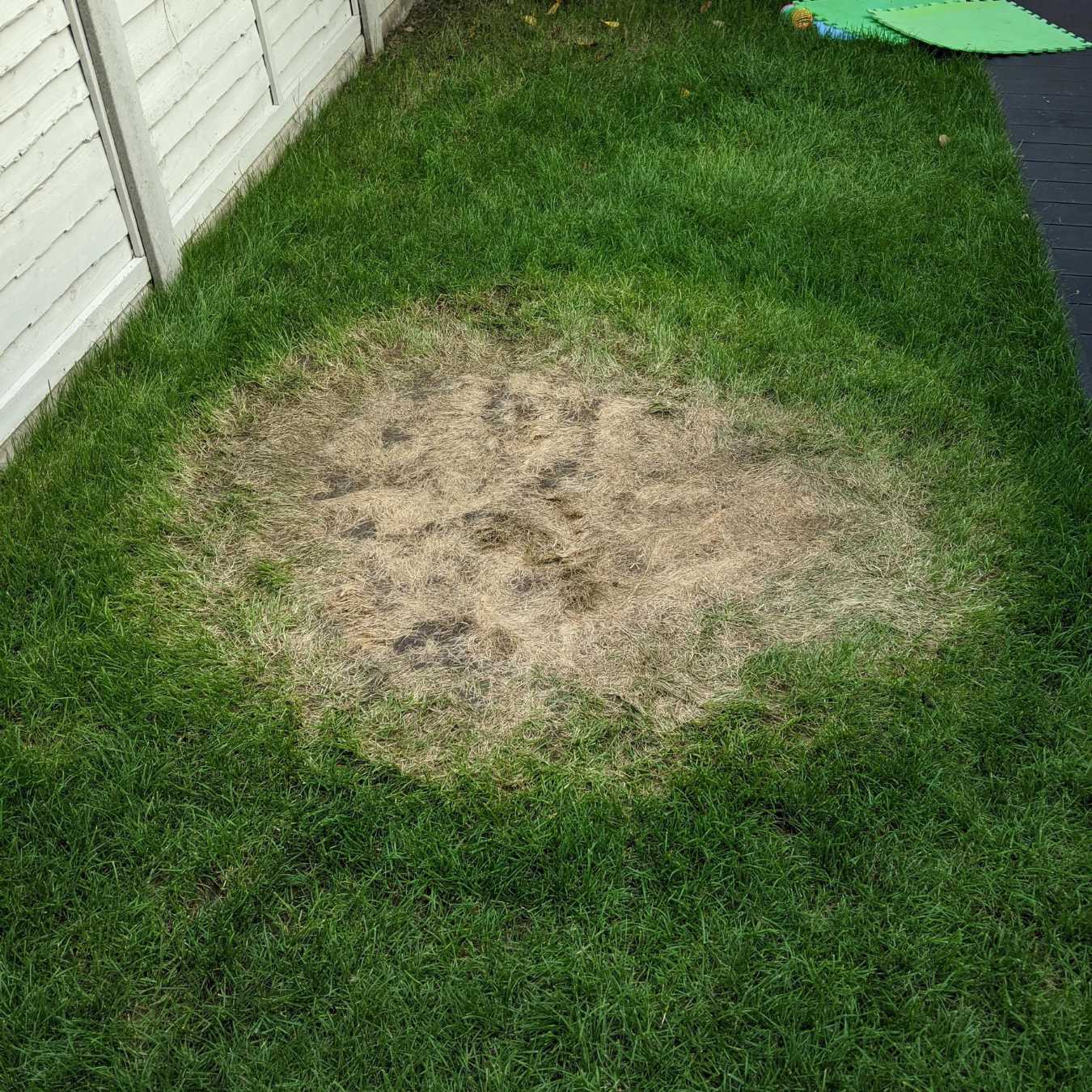
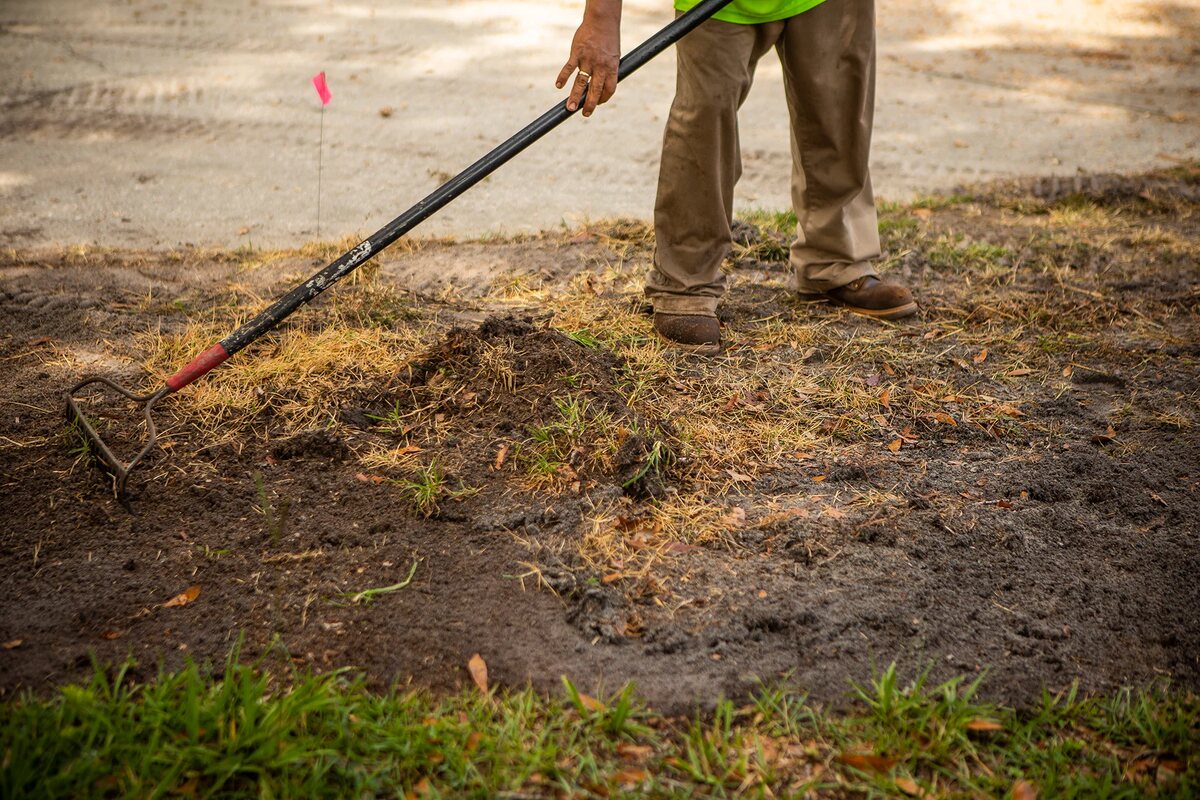

0 thoughts on “How To Seed Over Dead Grass”